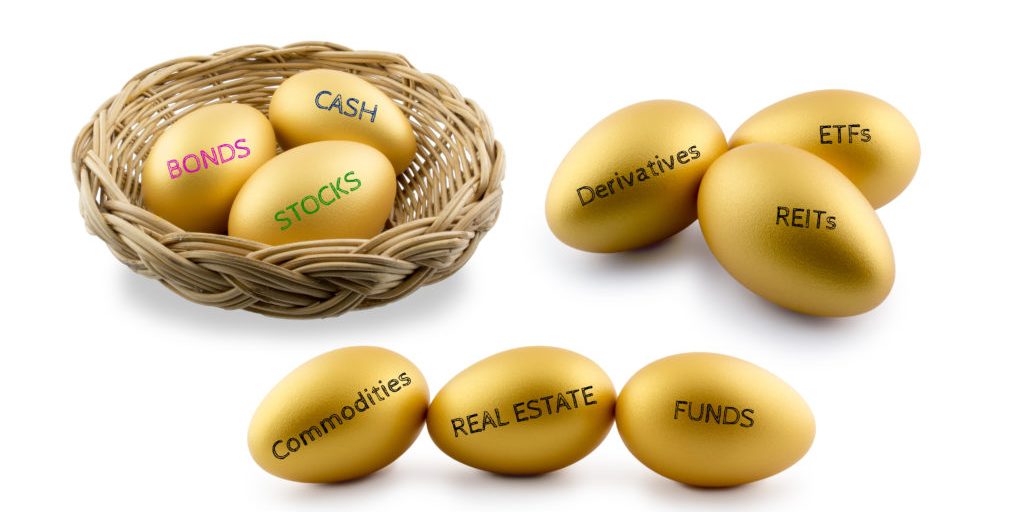As 2020 draws to a close, we share our real estate market predictions for the year ahead.
Well, we think everyone can agree that 2020 was full of surprises.
This year spared no industry from a barrage of audibles, the full impact of which remains to be seen. As the year draws to a close, it’s about that time of year to look back at trends that emerged and make predictions about what comes next.
Longstanding real estate market trends that had held steady for over a decade saw sharp reversals. But are these circumstantial blips on the radar, or harbingers of a societal restructuring?
We look for clues to forecast real estate market trends for 2021.
Rent in big cities will drop
Up until this year, rents across the nation had been climbing steadily higher quarter over quarter for almost ten years. 2020 interrupted that: Rental prices in some of the hottest housing markets cooled in the second half of the year..
There were two key catalysts for the drop. Firstly, a huge portion of the workforce went home. For the first time, employees were longer restricted to a radius close enough to the office for a daily commute. Secondly, interest rates dropping to zero made loans cheaper for prospective home buyers.
For the first time in their lives, Millennials will experience a renter’s market.
A renter’s market goes hand in hand with an investment property buyer’s market.
“In places like Manhattan, many buyers have been priced out over recent decades,” says Jesse Prince, Founder and CEO of HappyNest, a real-estate investing app.
“The impacts of COVID may present unique buying opportunities for those risk-tolerant operators willing to bet that effective vaccines are right around the corner, large corporations will begin to repopulate the urban core office markets in the near-term, and business will rapidly return to normal.”
Buyers who picked up rental investment properties during the housing market dip of 2008 enjoyed decade long gains. History might be repeating itself.
Office space will be converted to residential units
Big city landlords aren’t the only ones poised for a tough year. Urban flight could have consequences on commercial real estate owners too. Thousands of businesses went bankrupt this year; needless to say, they won’t be renewing their leases. Many companies that were better fortified to withstand the turbulence of 2020 announced that their employees can remote work permanently, including headcount heavyweights like Google, Shopify, and Nationwide.
Others welcomed the elimination of a recurring lease expense on their P&L – especially those who found their teams were just as productive at home.
Presumably, the combination of these three factors will leave a dent in the demand for office leases. The question is – how big of a dent?
“Whether or not the current trend of urban flight will reverse in the post-pandemic New World remains up in the air – a risk factor that shouldn’t be ignored by developers underwriting any new projects,” Prince says.
Even prior to the Work-From-Home Revolution, the transition from suit to sweats was well underway. According to a research report by GetApp, between 2010–2019, the number of remote employees surged 400%.
Landlords in the right municipal zoning might consider converting their buildings into mixed-use, work-loft properties to fill vacancies faster.
“Converting underutilized office space into mixed-use properties is by no means a new strategy, one that proved effective in several urban markets during the recovery from the Great Recession.” Prince says.
The months following widespread vaccination will be critical gauges on COVID’s impact on office space demand in the coming years. For opportunistic investors, it could also be a rare ‘buy the dip’ opportunity in the commercial office real estate market.
Increase in demand for flexible lease office spaces
Business owners in new or long-term leases found themselves stuck paying for offices they weren’t using for the lion’s share of the year.
As leases draw to an end, business owners across the country will be asking themselves: What value does a shared working environment bring my company and my employees?
In a survey done by Publicis Sapient, only 15% of respondents said they wanted to return to the office full time, 21% said they preferred to work remotely full time, while 64% said they’d prefer a hybrid model with some days in office and some days remote.
Some of those employees just might get their wish.
Workshare spaces are intuitive solutions for what many experts are calling the rise of the Hybrid Work Model. As such, they could stand to benefit as the economy emerges from lockdown – especially in the early phases of reopening.
Businesses, smaller ones in particular, will appreciate the savings on overhead expenses without passing up the benefits of strong team relationships and in-person collaboration.
Other companies endured major economic blows in 2020, and were forced to downsize as a result. A return to a half-full office might prove demoralizing and warrant a location change either way.
With uncertainty still ahead, they may opt for short-term, low-risk leases and smaller spaces until things stabilize.
All of these circumstances could translate into new demand for workshare spaces as a byproduct of the pandemic.
Industrial real estate are poised for double digit growth
2020 brought record growth in the e-commerce sector as stay-at-home orders and pandemic fears made doorstep deliveries the primary means of acquiring goods for large sects of the public.
Though the reopening of retail locations may trigger a pullback in e-commerce activity worldwide, it’s unlikely to fully recede to pre-pandemic levels. Its convenience and wide product availability is sure to have won over former holdouts.
Even prior to 2020, e-commerce was experiencing healthy growth year over year – the pandemic only gave it a boost on its trajectory.
All those orders need to be processed, filled, and shipped from somewhere. That’s why industrial real estate, fulfillment centers in particular, are slated to be big winners for years to come.
“It often pays to follow the money. Goldman Sachs, and other institutions, have started taking large positions in industrial assets,” Prince notes.
Unlike other types of real estate markets, the upside is all but guaranteed. Major retailers including Amazon, Home Depot, Chewy, and Lowe’s have already announced plans to open fulfillment centers.
That makes the industrial sector a highly attractive investment property option with low-risk tenants.
“Industrial services have proven themselves essential during the pandemic. From a cash flow perspective, the risk that your tenant won’t pay their rent is reduced significantly,” Prince adds.
Purchasing industrial real estate as an investment property is out of reach for many investors. But you can enjoy the upcoming gains with whatever capital commitment fits your budget through crowd investing apps like HappyNest, which has a fulfillment center currently leased by FedEx in its portfolio of properties.
Housing market will continue to gain value
Months-long lockdowns raised some big questions for city renters, who had mostly seen their apartments as places to sleep, change, and store things.
Prior to 2020, they willfully made concessions in square footage to be in the middle of the big city action.
But after just one month of sharing a 300-square-foot apartment in lockdown, ‘home’ began to feel like a prison cell. Suburbia and small town America never looked so good…and spacious.
Renters leaving the city for some peace and quiet is good news for the housing market. As demand for single-family homes increased in suburban areas, so too did housing prices. Some areas hit record highs.
“People are fleeing urban markets in search of more space for them and their families. It no longer makes sense to pay $5,000+ for a two-bedroom apartment during a lockdown,” Prince notes.
Interest rates are expected to remain low through Q1 of 2021, further stimulating the hot housing market. That will help prospective buyers offset the rising list prices of homes.
“Markets are super tight because building has slowed down while demand has increased. High demand coupled with low interest rates are a recipe for higher home values and top dollar for sellers.”
As such, it is one of HappyNest’s real estate market predictions that the housing market will continue it’s steady appreciation trend.
Real estate market predictions long view
With the pandemic yet to be fully behind us, these real estate market predictions are based on trends we already saw emerging in 2020.
The vaccine has the finish line in sight, and the post-pandemic world may finally arrive in 2021.
But if 2020 taught us anything, it’s to always keep our heads on a swivel.
Update: Check out HappyNest’s real estate outlook predictions for 2022.
Download HappyNest today on App Store or Google Play.





